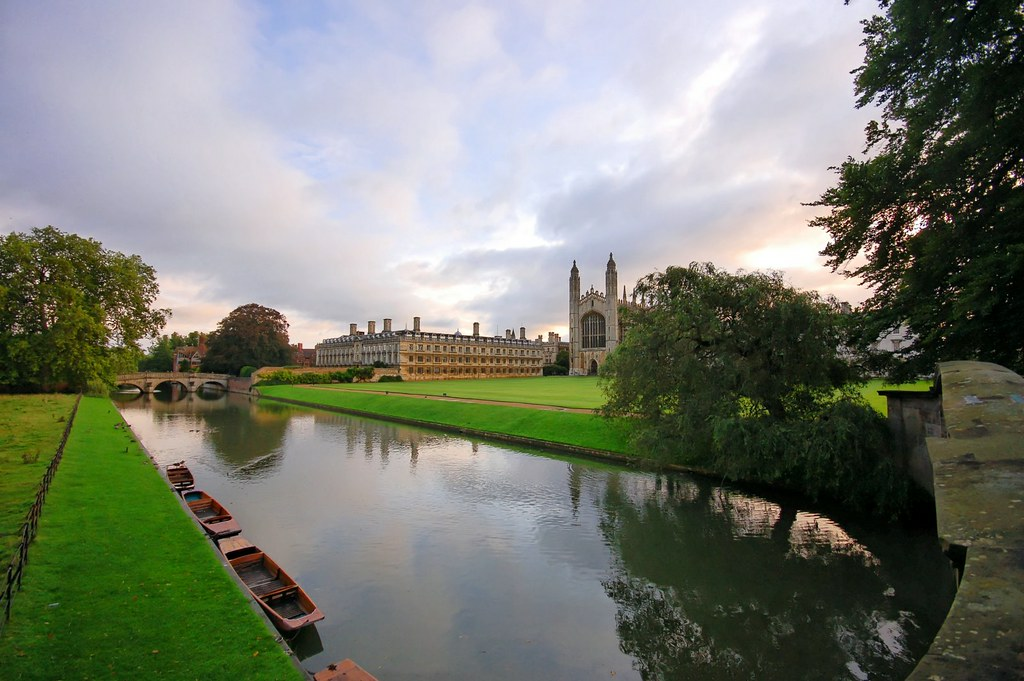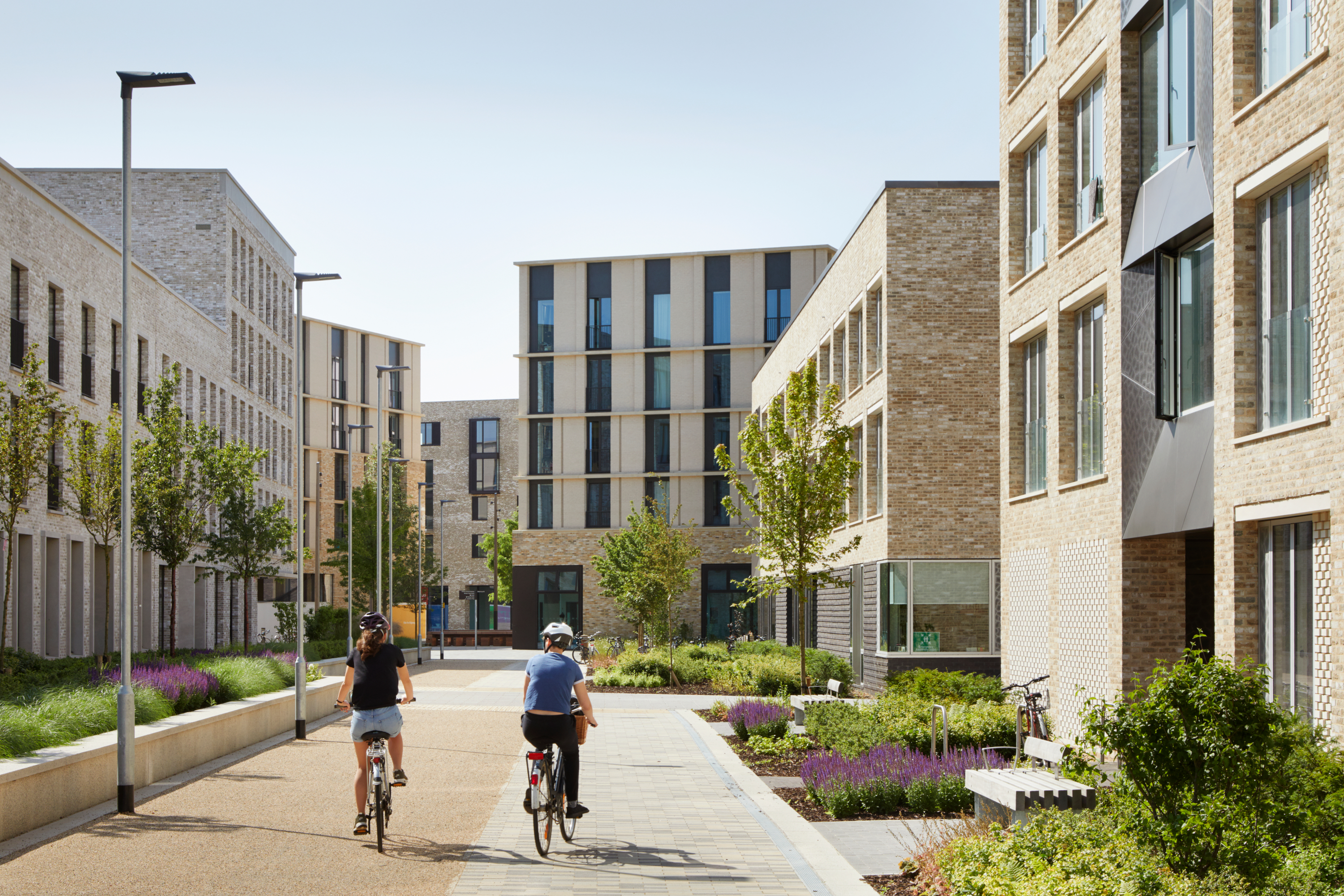Why Greater Cambridge?
Greater Cambridge is one of the UK’s greatest success stories - a place where world-class research, innovation and enterprise thrive alongside a rich mix of architectural, cultural and natural heritage.
Over the past fifty years, the area has built a world-leading innovation ecosystem. It is home to Europe’s largest life sciences cluster as well as many other outstanding centres of research and innovation.
People who live, work and study here value the quality of life the area has to offer. With its beautiful architecture, easy access to nature, strong sense of community and wealth of local amenities, Greater Cambridge remains one of the most distinctive and desirable places in the UK.
But success has brought challenges. Cambridge is often described as most unequal city in England, with housing unaffordability, traffic congestion, water scarcity and environmental pressures holding back further sustainable growth. Tackling these barriers is vital to the region’s future.
Government has set out its ambition to maximise the area’s full economic potential and deliver nationally significant growth. The Cambridge Growth Company (CGC) was established by government to bring together key partners to help deliver this ambition.
The Opportunity
Enabling innovation, businesses and job creation
Greater Cambridge has the potential to drive local and national prosperity by building on its world-leading life sciences and technology clusters. These sectors offer major opportunities for enterprise, investment and employment - supporting local jobs and skills, while strengthening the UK’s global competitiveness.The CGC is working with partners to help create the right conditions for sustainable economic growth across Greater Cambridge.
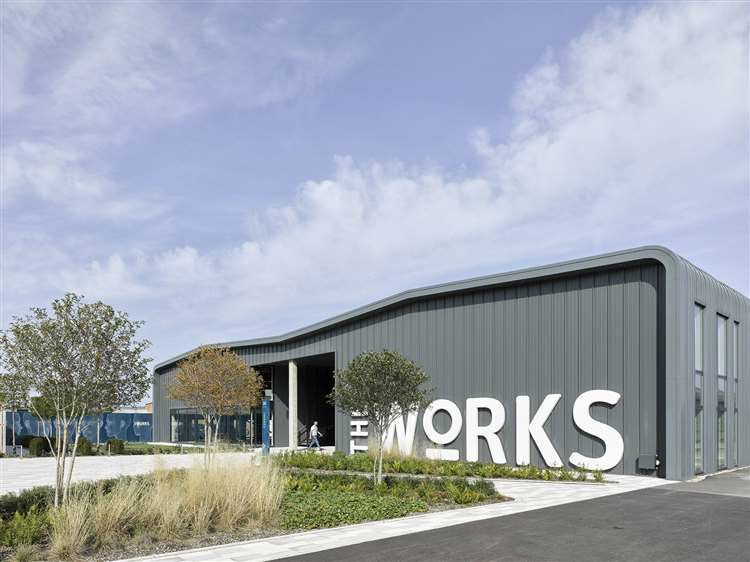
The Works ©Nick Guttridge
Delivering homes
Greater Cambridge’s success has made it one of the least affordable housing markets in the country. In 2024, the median average home in England cost 7.7 times the median average earnings of a full-time employee. In Cambridge, this ratio was 11.3, and in South Cambridgeshire 9.5.
Greater Cambridge has already been building at a rate in excess of the UK average. But population growth, driven by the area's success is still running ahead of new housing supply.
The CGC wants to create high-quality, mixed-use neighbourhoods where sustainable homes, green spaces, rewarding jobs and training opportunities, local amenities, and public services are integrated from the outset to support healthy, connected communities.
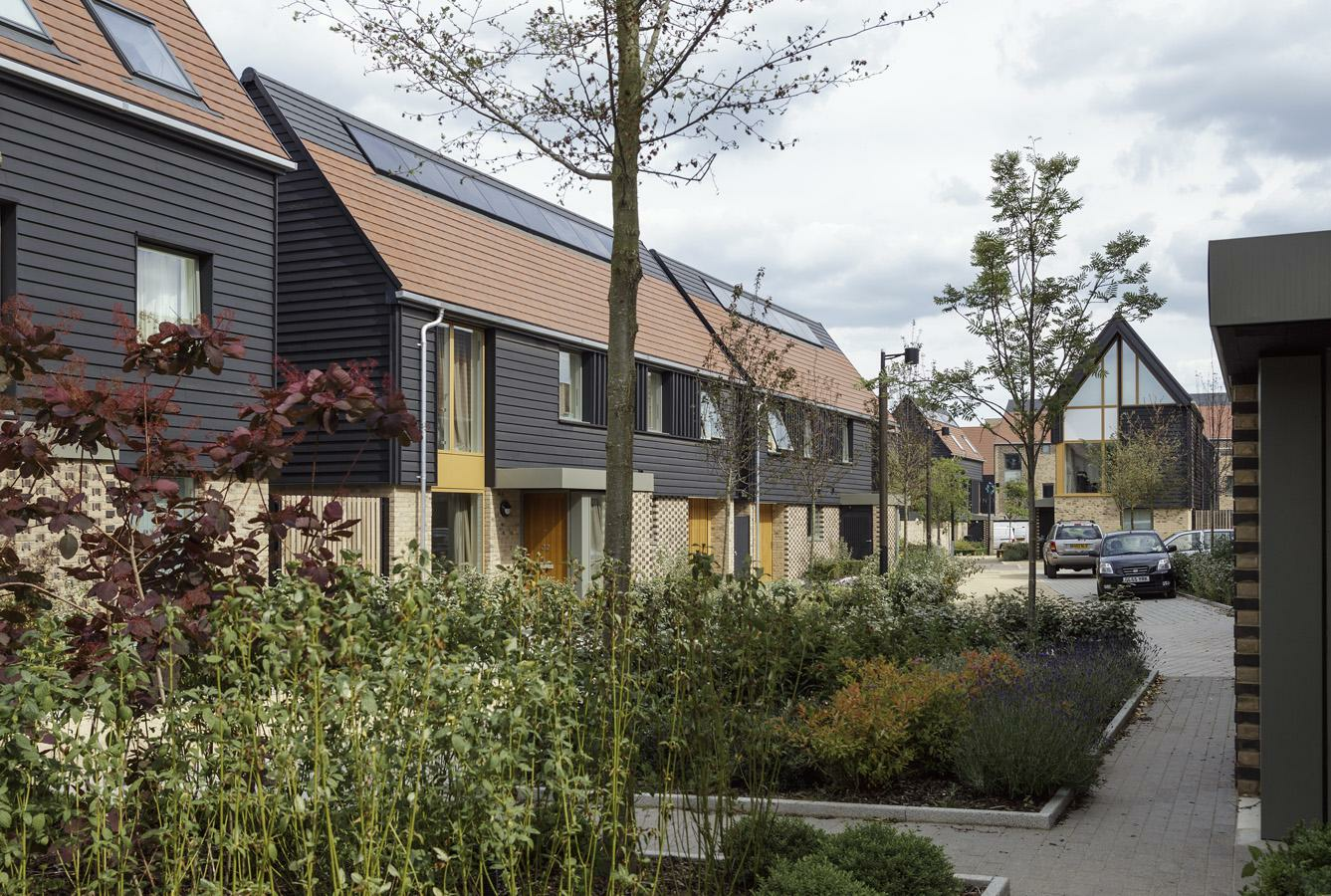
Abode at Great Kneighton.
©Proctor&Matthews
More efficient transport for all
Rising annual traffic in and around Cambridge means that action is needed to cut congestion and reduce excessive journey times. Data now suggest that drivers in the area lose around 52 hours each year to congestion.
The CGC’s plans for the city will look to have sustainable transport at their heart, building on the area's strengths in cycling and walking. The CGC is also working with the Cambridgeshire & Peterborough Combined Authority and government departments to explore mass transit solutions for faster and easier travel in and around the city, including to the science and business parks.
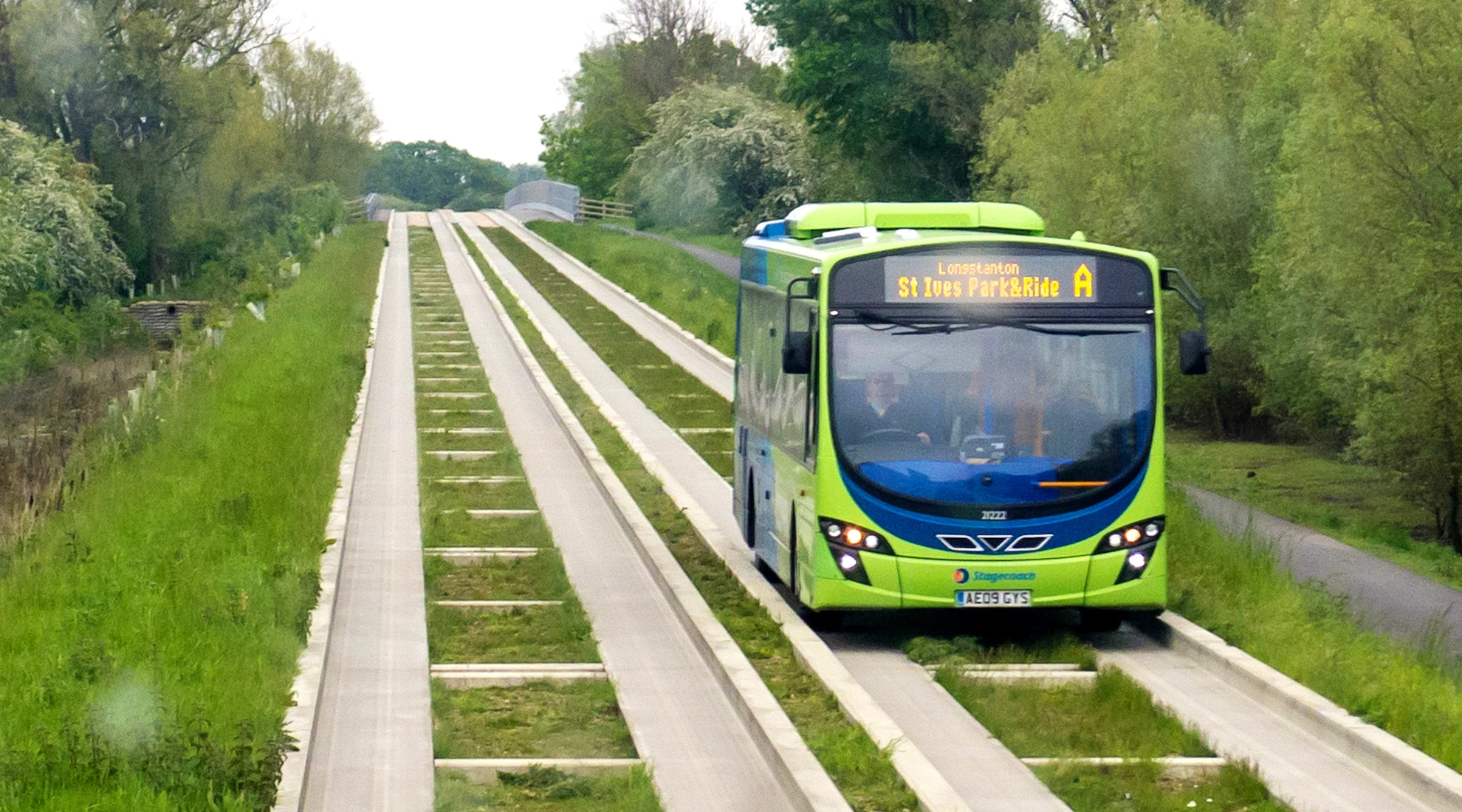
Park & Ride guided busway ©Cambridgeshire County Council
Accelerating delivery of water infrastructure across Cambridgeshire
Greater Cambridge is one of the most water-stressed regions in the UK. There is a significant opportunity for this area to lead the way in exemplary water efficiency and water management approaches - delivering its full economic potential while protecting and enhancing the natural environment.
The CGC will work with the Environment Agency, MHCLG and other experts to design and deliver high building standards for new homes and commercial space, innovative water re-use and efficiency mechanisms, and integrated flood and water management that safeguard and enhance the natural environment, including nationally important chalk streams.
Alongside this, the CGC will continue to support MHCLG’s ongoing work - with experts from the independent Water Scarcity Group and local partners - to ensure there is adequate water supply and infrastructure available for growth. This includes delivering innovative water savings interventions and working with water companies to provide the necessary infrastructure to support long-term growth. This work to date has already unlocked planning applications totalling over 9,000 homes and 528,000sqm of commercial space.
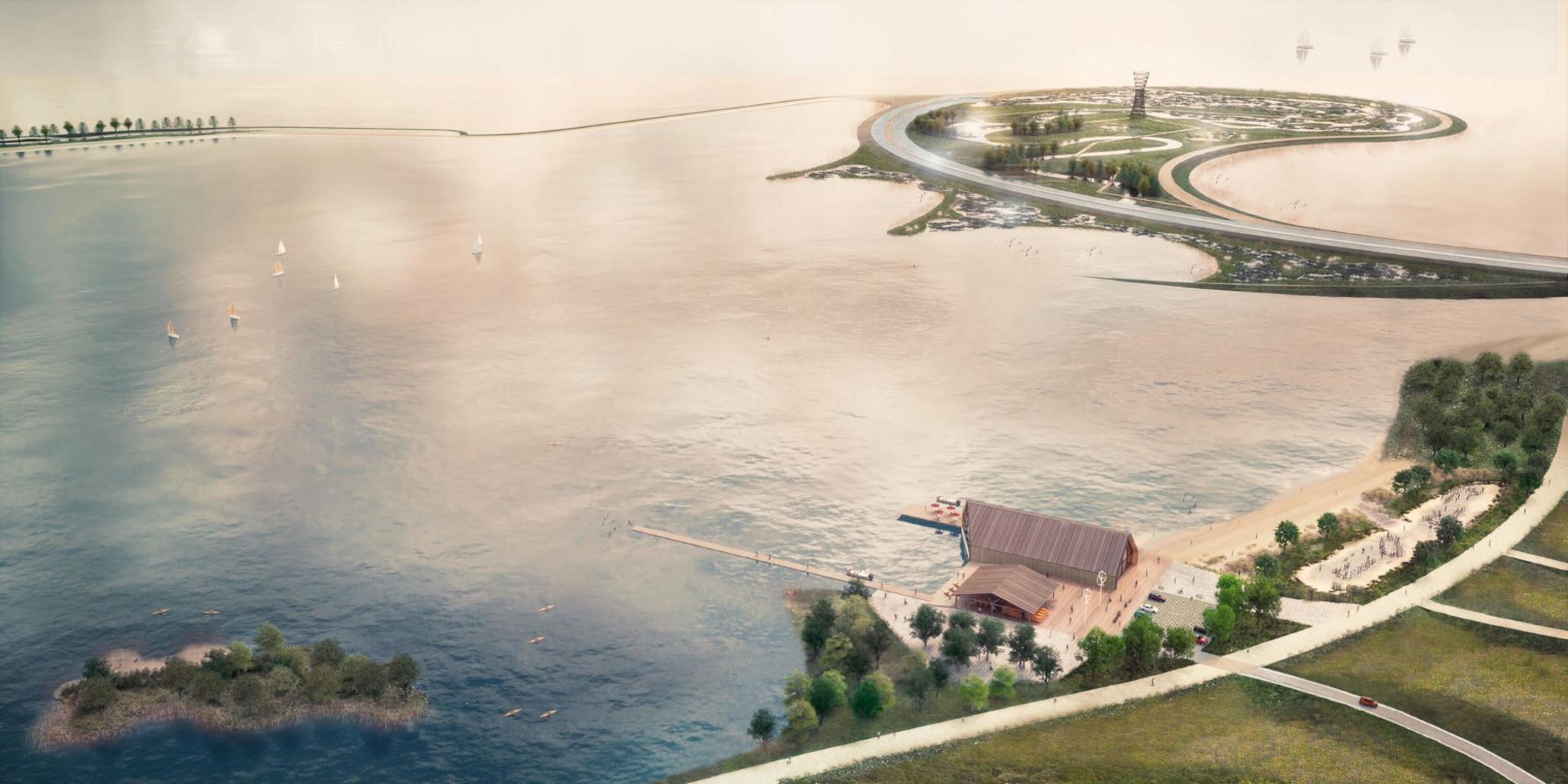
Fenlands Reservoir ©BBC
And creating great places with upfront social infrastructure
Above all, there is an opportunity to build on what makes Greater Cambridge special - its landscape, heritage and strong sense of community. The CGC’s vision is to enable ambitious but sustainable growth, creating new neighbourhoods that reflect and enhance the area’s character and setting. These developments will draw on Cambridge’s tradition of design excellence, combining high-quality homes with access to green spaces, community facilities and public services. Together, they will help create thriving, inclusive places where people can live well and feel connected.
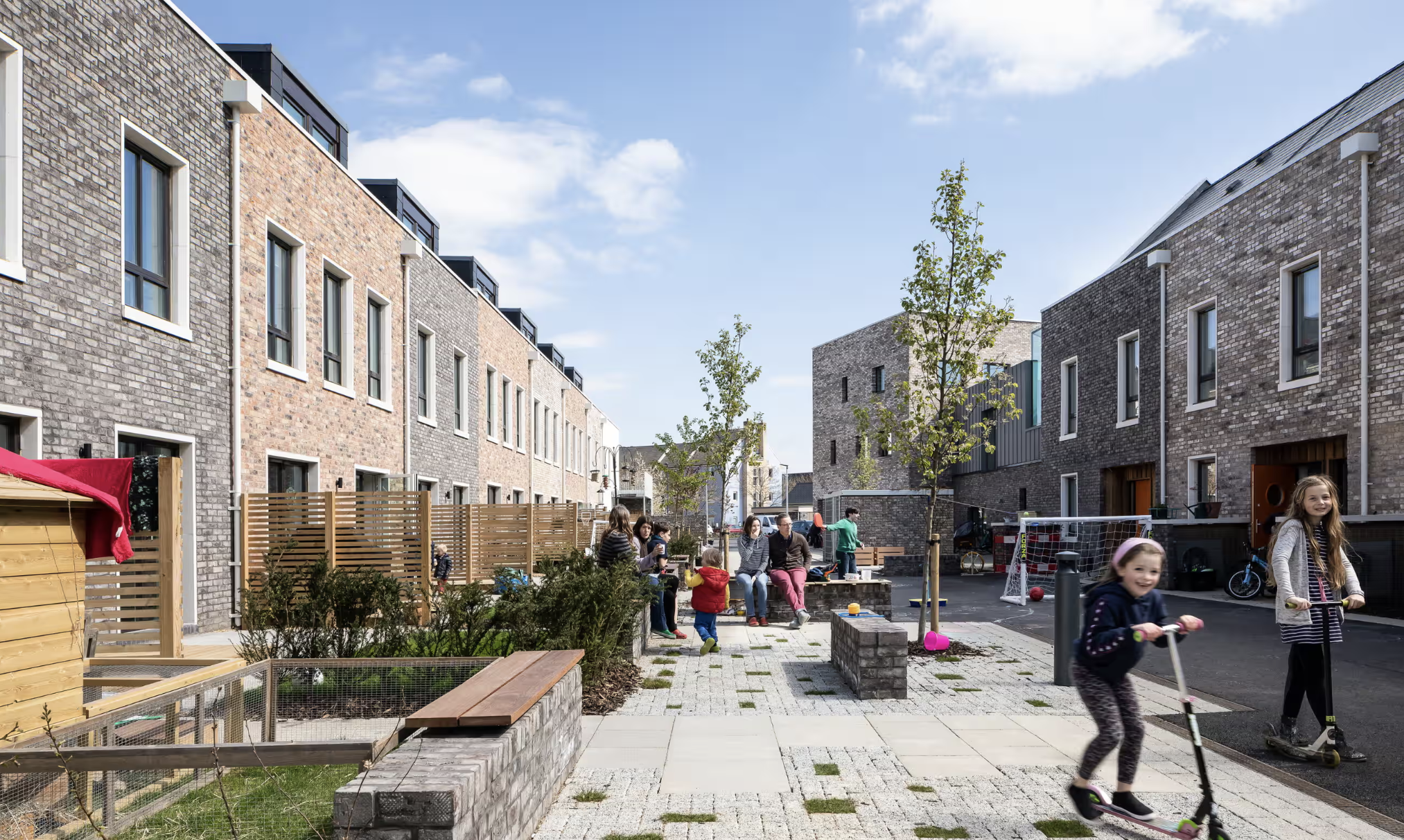
Marmalade Lane ©David Butler
